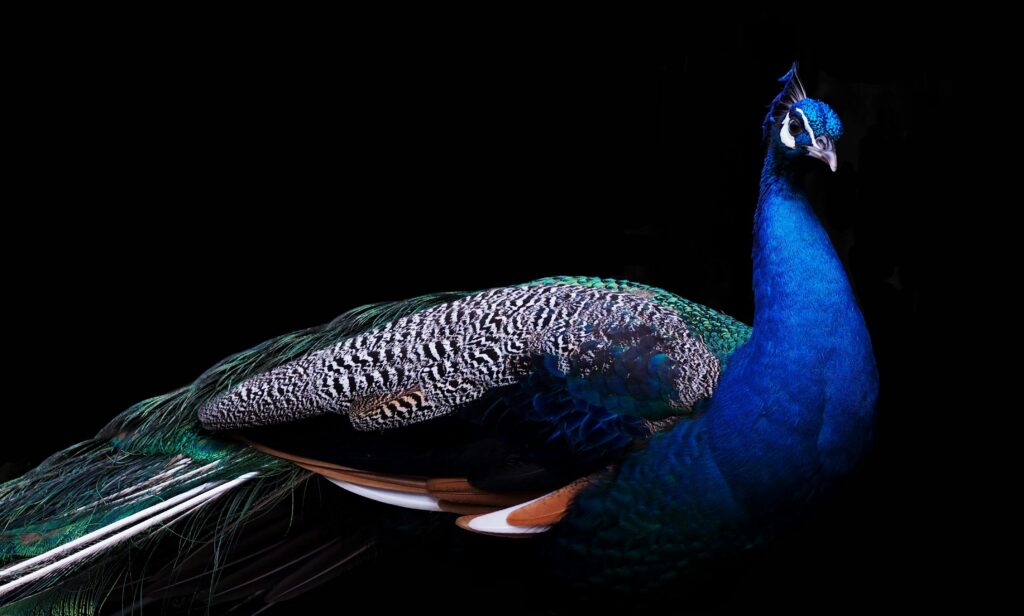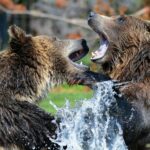Birds, members of the class Aves, are one of the most diverse and captivating groups of animals on Earth, with over 10,000 known species inhabiting virtually every ecosystem, from dense rainforests and expansive deserts to coastal regions and high-altitude mountain ranges. Birds are known for their distinctive characteristics, such as feathers, beaks, and hollow bones, which enable most species to fly. They play a critical role in ecosystems, acting as pollinators, seed dispersers, and predators. This article delves into the world of birds, exploring their unique characteristics, habitats, behaviors, and the importance of bird conservation.
Key Characteristics of Birds: What Defines an Avian Species?
Birds are warm-blooded vertebrates with unique adaptations that set them apart from other animals. Some defining features include:
Feathers: Feathers, exclusive to birds, provide insulation, aid in flight, and offer protection from environmental elements. They also play a significant role in mating displays and camouflage.

Beaks: Birds lack teeth and instead possess a beak adapted to their diet. For example, eagles have hooked beaks for tearing flesh, while hummingbirds have long, slender beaks designed for sipping nectar from flowers.

Hollow Bones: Birds have lightweight, hollow bones that help them fly by reducing body mass without sacrificing strength.

Flight Adaptations: Birds’ wings are uniquely structured for flight, with muscles like the powerful pectoralis major enabling them to lift off, glide, and maneuver through the air. However, not all birds can fly—ostriches, emus, and penguins, for instance, have evolved other means of survival.

Bird Habitats: Where Do Birds Live?
Birds have evolved to inhabit a wide range of ecosystems across the globe. Here are some major bird habitats and examples of species found in each:
Forests: Forests are home to diverse bird species, including parrots, woodpeckers, and toucans, which thrive in the dense canopy and understory layers.
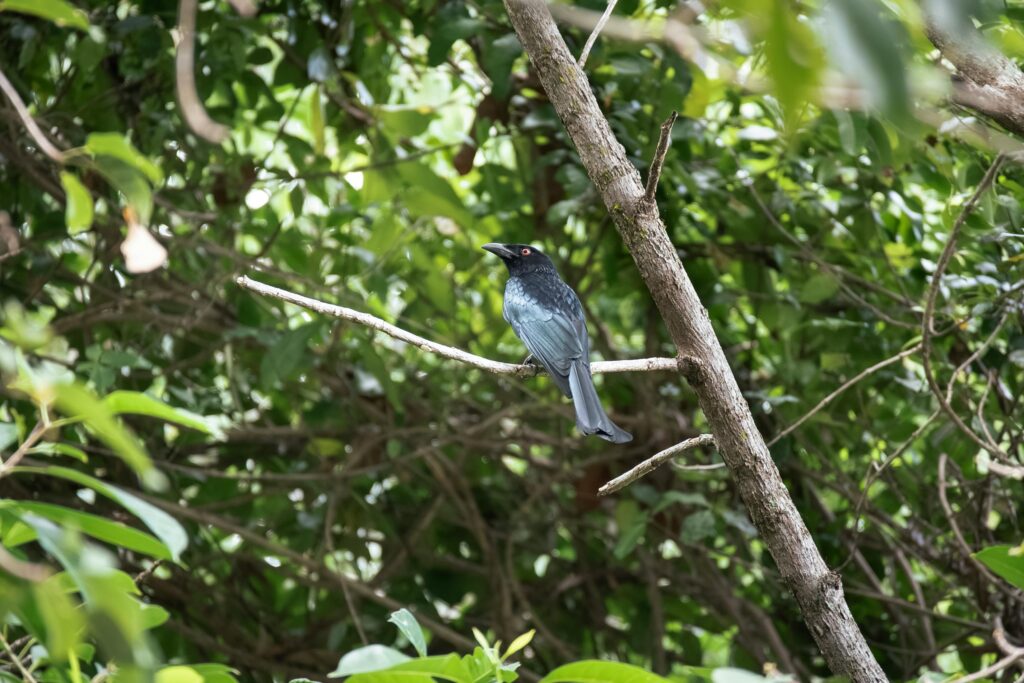
Grasslands: Grasslands, such as the African savannas, support birds like ostriches, secretary birds, and various species of larks. Birds here are often ground-dwelling and adapted to open spaces.
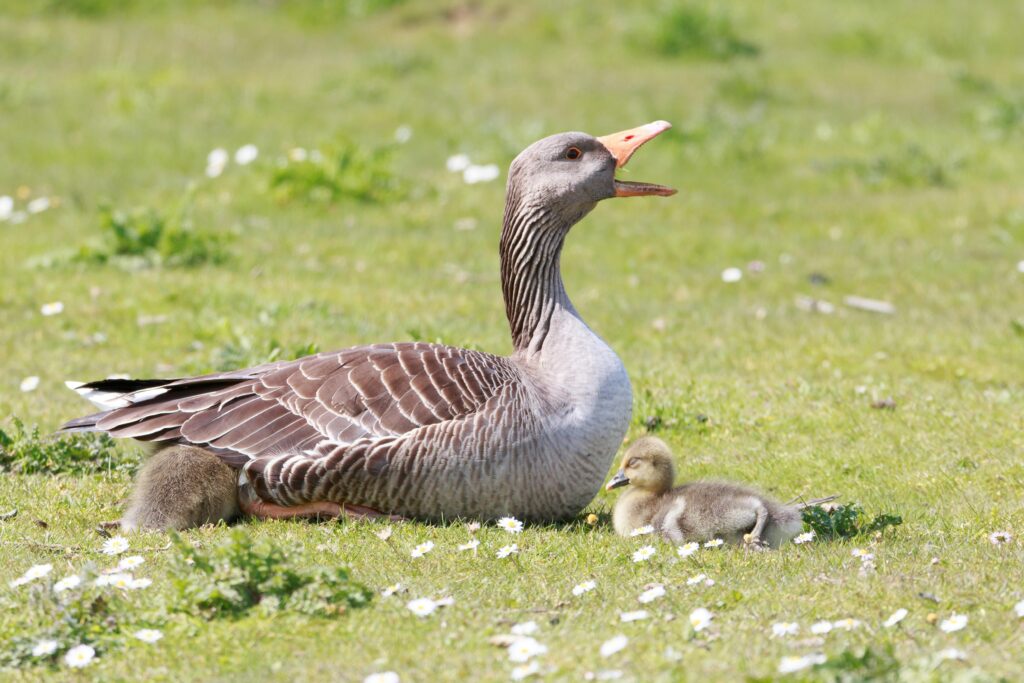
Wetlands: Wetlands, including marshes, rivers, and lakes, host a range of waterbirds, such as herons, cranes, and ducks. These birds are typically excellent swimmers and divers, adapted to aquatic environments.

Coastal Regions and Oceans: Seabirds like gulls, puffins, and albatrosses inhabit coastal areas and open seas. Many seabirds have specialized salt glands that allow them to drink seawater.
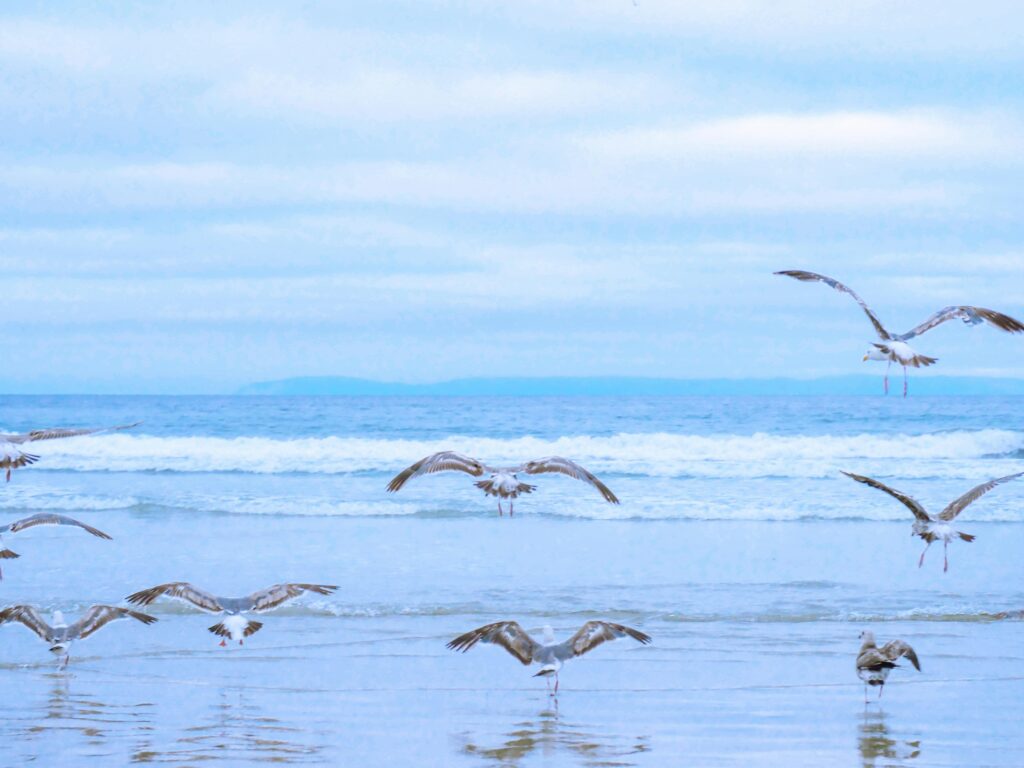
Deserts: Birds like the roadrunner, sandgrouse, and desert lark have adapted to arid environments, often displaying efficient water retention and temperature regulation behaviors.
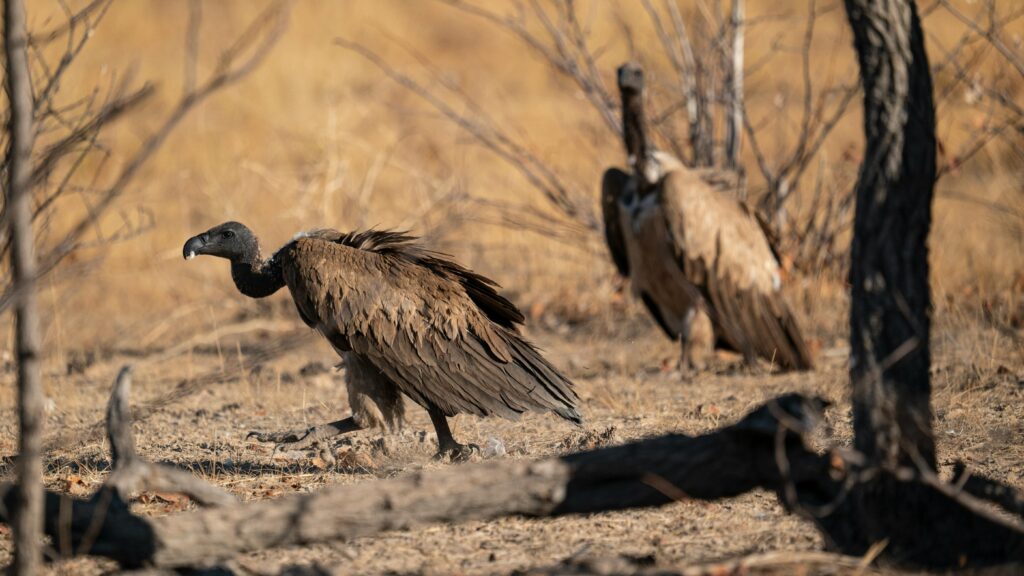
Bird Diets and Feeding Behaviors
Birds’ diets vary widely, adapted to the resources available in their specific habitats. Here are some primary diet types and the adaptations associated with each:
Carnivores: Birds of prey, such as eagles, hawks, and falcons, are carnivorous and possess strong talons and hooked beaks for capturing and consuming meat.
Herbivores: Some birds, like parrots and finches, primarily consume seeds, fruits, and leaves. Herbivorous birds often have specialized beaks for cracking seeds and extracting nutrients from plants.
Insectivores: Many small birds, such as swallows, warblers, and woodpeckers, feed on insects. Insectivorous birds play a crucial role in controlling insect populations, making them valuable to agriculture.
Omnivores: Some birds, like crows and gulls, are opportunistic omnivores, feeding on a mix of plants, small animals, and human refuse.
Nectivores: Birds such as hummingbirds, sunbirds, and certain species of parrots are nectivorous, feeding on the nectar of flowers. They have specialized tongues or beaks that allow them to access floral nectar.
Bird Migration: Why Do Birds Migrate?
Migration is a remarkable phenomenon where birds travel thousands of miles between breeding and wintering grounds. Birds migrate to exploit seasonal resources, avoid harsh climates, and enhance reproductive success. Some well-known migratory species include:
Arctic Tern: The Arctic tern has one of the longest migration routes, flying from the Arctic to the Antarctic and covering over 40,000 kilometers annually.
Swallows and Swifts: These insectivorous birds migrate between Europe, Asia, and Africa, timing their journeys to coincide with insect abundance in warmer climates.
Monarchs of the Skies – Raptors: Birds of prey, including certain eagle species and hawks, migrate from northern regions to avoid the cold, while others, like the bald eagle, may remain in their territories year-round if food is available.
Bird Communication and Social Behavior: How Do Birds Communicate?
Birds communicate through a range of vocalizations and displays. Common forms of bird communication include:
Songs and Calls: Birds use songs for mating and establishing territory. Each species has unique vocalizations; for example, the complex songs of the nightingale are known for their rich, melodious quality.
Visual Displays: Birds also use visual displays, such as the elaborate tail feathers of peacocks or the mating dances of cranes and flamingos, to attract mates.
Body Language and Non-vocal Sounds: Some birds, like woodpeckers, use drumming on trees to communicate, while others display body language, such as ruffled feathers or wing gestures, to signal different intentions or moods.
Bird Conservation: What Are the Threats to Bird Populations?
Bird populations face numerous threats globally, primarily from human activities. Some of the major challenges include:
- Habitat Loss and Fragmentation: Deforestation, urbanization, and agriculture are causing the rapid loss of natural habitats, affecting bird species that rely on specific ecosystems for breeding and feeding.
- Climate Change: Changes in temperature and weather patterns disrupt migration routes, breeding seasons, and food availability. For example, shifts in seasonal patterns have affected the migration timing of species like the pied flycatcher, impacting their survival.
- Pollution: Pesticides, plastics, and chemical pollutants contaminate bird habitats, leading to reproductive issues, health problems, and, in severe cases, death. Seabirds, in particular, suffer from plastic ingestion, which has devastating consequences on their health.
- Poaching and Illegal Trade: Many bird species are targeted for the pet trade, particularly colorful birds like parrots, leading to population declines and threatening their survival in the wild.
- Invasive Species: Non-native predators, such as domestic cats and rats, prey on native bird species, especially in island ecosystems where birds may have no natural defenses against these predators.
Notable Bird Conservation Efforts
Bird conservation efforts focus on protecting habitats, enforcing anti-poaching laws, and raising awareness. Organizations such as BirdLife International, the Audubon Society, and the Royal Society for the Protection of Birds (RSPB) actively work to preserve bird populations worldwide. Some successful conservation stories include:
The California Condor: Once on the brink of extinction, the California condor population has been revived through captive breeding and conservation efforts, though it remains critically endangered.

The Bald Eagle: Once endangered due to pesticide use, the bald eagle made a remarkable comeback after DDT was banned and conservation programs were implemented in the U.S.
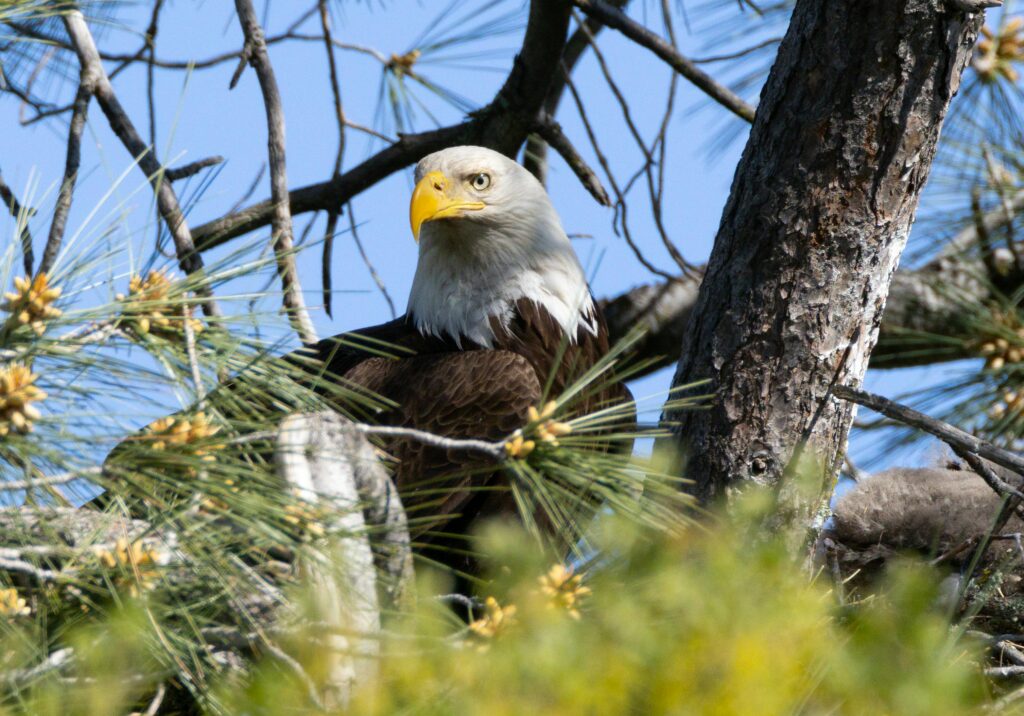
Fascinating Facts About Birds
- Birds are descendants of dinosaurs: Modern birds are believed to have evolved from theropod dinosaurs, sharing many anatomical features with their prehistoric ancestors.
- Birds have exceptional vision: Many birds have highly developed eyesight, allowing them to spot prey from great distances. Birds of prey, such as eagles, have some of the sharpest vision in the animal kingdom.
- The hummingbird’s unique abilities: Hummingbirds are the only birds that can hover in place and even fly backward, thanks to their rapid wingbeats.
- Ostrich – The Fastest Runner: The ostrich is the fastest running bird, capable of reaching speeds up to 70 km/h (43 mph) on land, despite being flightless.
Frequently Asked Questions About Birds
- Can all birds fly?
No, not all birds can fly. Species like ostriches, emus, and penguins are flightless, having evolved other survival adaptations. - How do birds navigate during migration?
Birds use various methods to navigate, including the Earth’s magnetic field, sun position, and even star patterns. Some species also rely on landmarks and inherited migratory routes. - Why are some birds brightly colored?
Bright plumage is often a result of sexual selection, helping males attract mates. It can also serve as camouflage or warning coloration, depending on the bird’s environment and predators. - Are birds affected by climate change?
Yes, climate change has a significant impact on birds, altering migration patterns, breeding seasons, and food availability, affecting both migratory and resident species.
Conclusion
Birds are a vital part of our planet’s biodiversity, playing crucial roles in ecosystems as pollinators, seed dispersers, and predators. Despite their adaptability, birds face numerous challenges, primarily from human-induced threats such as habitat destruction and climate change. By understanding and supporting bird conservation efforts, we can help ensure that these fascinating creatures continue to thrive in their natural habitats for generations to come.

